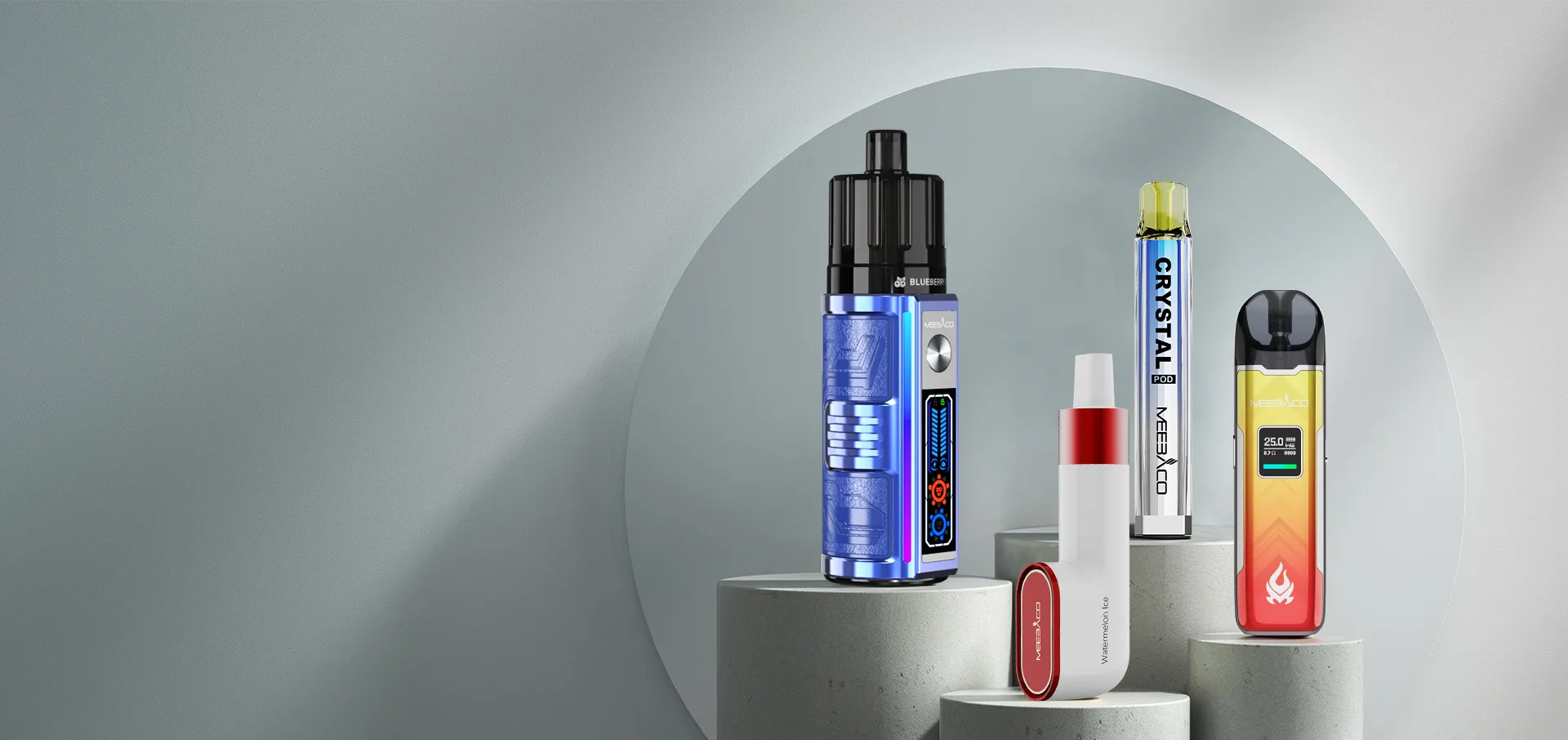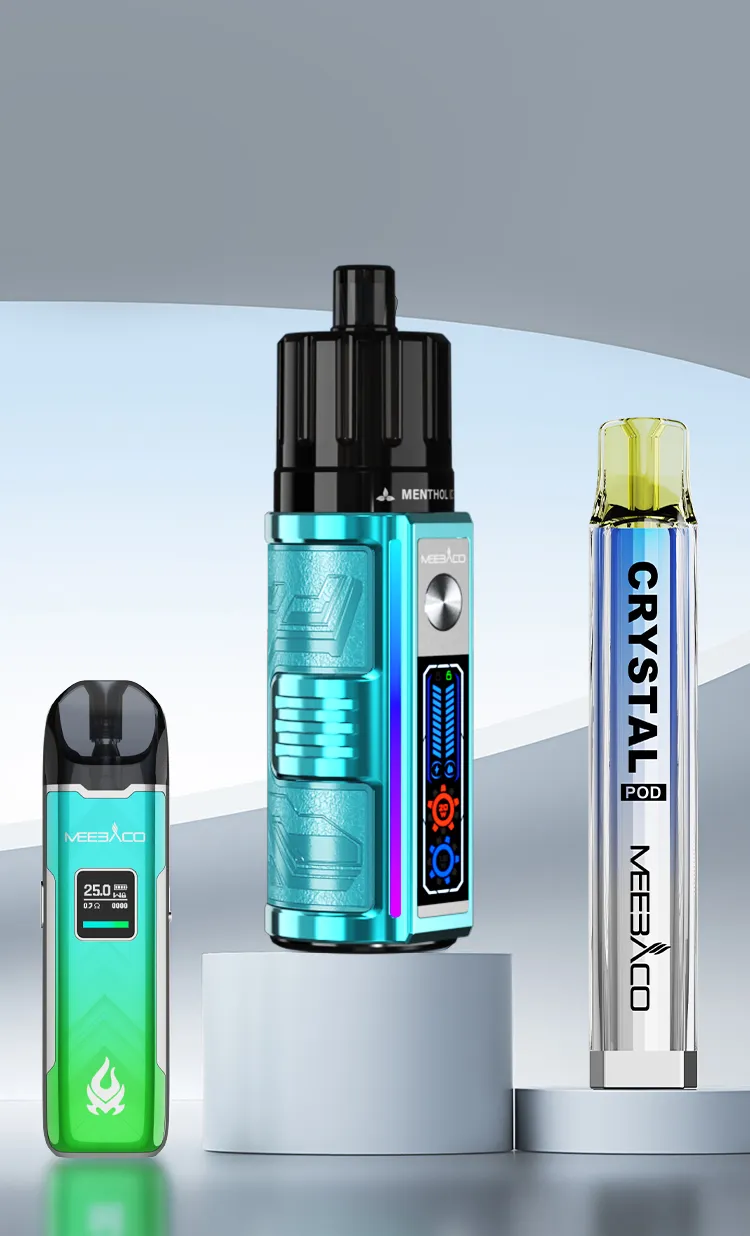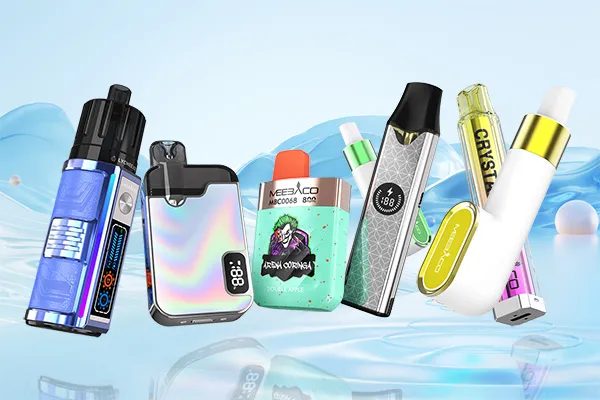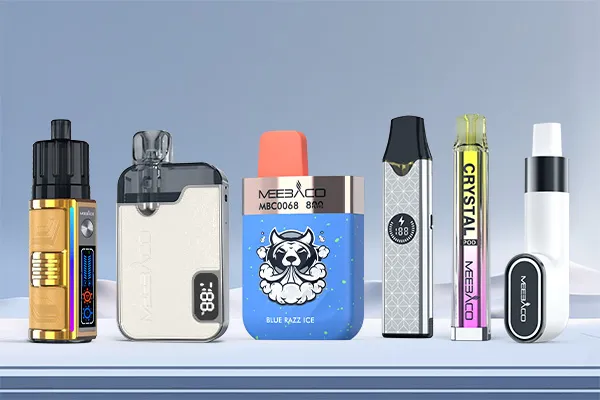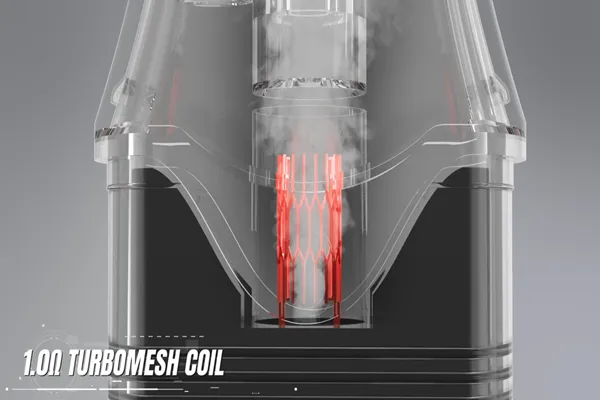You can master the latest information, new product , exhibition, promotion, etc
The global e-cigarette market continues to expand rapidly, with industry analysts projecting it to surpass $100 billion in the coming years. Driven by technological innovation, evolving consumer preferences, and growing demand for traditional tobacco alternatives, this dynamic industry offers vast opportunities for businesses worldwide. For exporters, manufacturers, and wholesalers, accurately grasping emerging trends is critical to seizing the next wave of growth – so where exactly lies the next major opportunity in the vaping industry?
1. Current Market Overview: From "Cig-A-Like" to a Diversified Product Matrix
Today’s e-cigarette market has evolved far beyond the early "cig-a-like" designs, forming a diversified product matrix covering disposable e-cigarettes, refillable pod systems, modular vape kits, and tobacco-free nicotine products.
Regionally, North America, Europe, and key Asia-Pacific countries (China, Indonesia, Japan) are the main drivers of market growth, though regulatory policies vary significantly across regions. Despite challenges such as regional restrictions and health debates, the consumer trend toward "harm-reduction tobacco alternatives" continues to propel the industry forward.
2. Three Emerging Product Trends Shaping the Future
Disposable E-Cigarettes: Convenience Reigns Supreme, Innovation Focuses on "Battery Life + Sustainability"
Disposable e-cigarettes remain the dominant category in the market, particularly popular among new users, and currently account for over 40% of the global e-cigarette market share. Their core appeal lies in ease of use, diverse flavors, and portability. For suppliers, the demand for longer battery life, premium flavors, and eco-friendly designs is rising. Brands that innovate in performance and sustainability are likely to gain a competitive edge.
Nicotine Pouches & Tobacco-Free Alternatives: A "High-Growth Niche" Amid Tightening Regulations
As regulations on e-cigarettes tighten in some markets (e.g., EU restrictions on flavored e-cigarettes), tobacco-free nicotine pouches are rising rapidly. These products require no heating, produce no smoke, and offer both discretion and harm-reduction benefits, making them particularly popular among health-conscious consumers. Currently, this niche market boasts a Compound Annual Growth Rate (CAGR) of over 25% in Europe and North America, emerging as a new track for B2B cooperation.
Open-System Vapes: Targeting "Enthusiasts" with "Customization" for Customer Retention
Unlike disposable e-cigarettes that attract casual users, open-system vapes (allowing users to refill e-liquid and replace coils) rely on "high customization" to retain core enthusiasts. These users prioritize device performance, flavor customization options, and device durability. For exporters, providing reliable hardware and premium e-liquids can ensure repeat business and stronger brand loyalty.
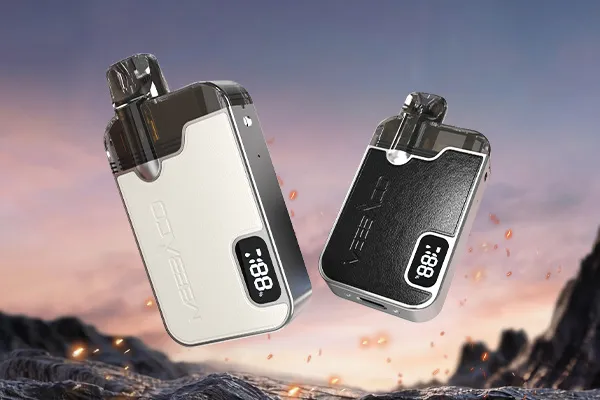
3. Regional Opportunities & Regulatory Insights: "Compliance + Localization" as the "Breakthrough Key"
Market potential and regulatory requirements vary significantly by region, so exporters must develop "region-specific" strategies: The United States remains a key market, though the FDA’s PMTA process requires careful navigation. In Europe, the TPD regulations standardize product requirements, offering a clear framework for compliant businesses. Meanwhile, emerging markets in Asia, the Middle East, and Latin America show increasing demand, albeit with evolving legal frameworks. Companies must proactively layout "localized compliance," such as partnering with local distributors to obtain qualifications and avoid policy change risks.
4. The Next Frontier: Technology + Sustainability Driving the "Second Growth Curve"
Smart Vaping Devices: "Connectivity + Data" Unlocks New Scenarios
Smart vaping devices with Bluetooth connectivity, adjustable parameters, and usage tracking functions have entered the commercialization phase. For example, some brands have launched devices that record nicotine intake, send battery replacement reminders via apps, and even support "social sharing" – perfectly aligning with the needs of young users. In 2024, smart e-cigarettes accounted for 10% of sales in North America and Europe, with projections to exceed 20% by 2027.
Sustainability: "Eco-Friendly Vapes" Become a New Consumer Demand
Environmental protection is increasingly influencing consumer decisions, driving significant growth in demand for "sustainable e-cigarettes":
Hardware: Modular designs (e.g., replaceable batteries, recyclable coils) reduce e-waste;
Packaging: Plastic-free packaging and recyclable shipping boxes have become competitive selling points for suppliers;
Recycling: Some European brands have launched "old device recycling programs," allowing consumers to redeem discounts with used devices to enhance brand favorability.
Businesses that invest in green technology can differentiate themselves and capture a growing segment of environmentally aware customers.
5. Seizing Opportunities: A Guide for Exporters & Wholesalers
The global e-cigarette market is far from saturated. For exporters and wholesalers, core opportunities focus on three areas:
Focus on High-Demand Categories: Prioritize layout in growth tracks such as disposable e-cigarettes (especially eco-friendly models) and nicotine pouches – global demand for these categories is expected to maintain a CAGR of over 20% between 2024 and 2027;
Prioritize Compliance & Localization: Complete regional regulatory certifications in advance, and partner with local distributors to adapt to regional flavor preferences (e.g., tropical fruit flavors in Southeast Asia, mint flavors in the Middle East);
Partner with High-Quality Manufacturers: Choose manufacturers with R&D capabilities and stable production capacity to ensure product quality and delivery efficiency. For instance, order delay rates due to supply chain instability exceeded 25% in 2024 – high-quality partners are key to mitigating risks.
By accurately grasping trends, strictly adhering to compliance standards, and focusing on user needs, businesses can fully seize the next growth wave in this "$100 billion market."


